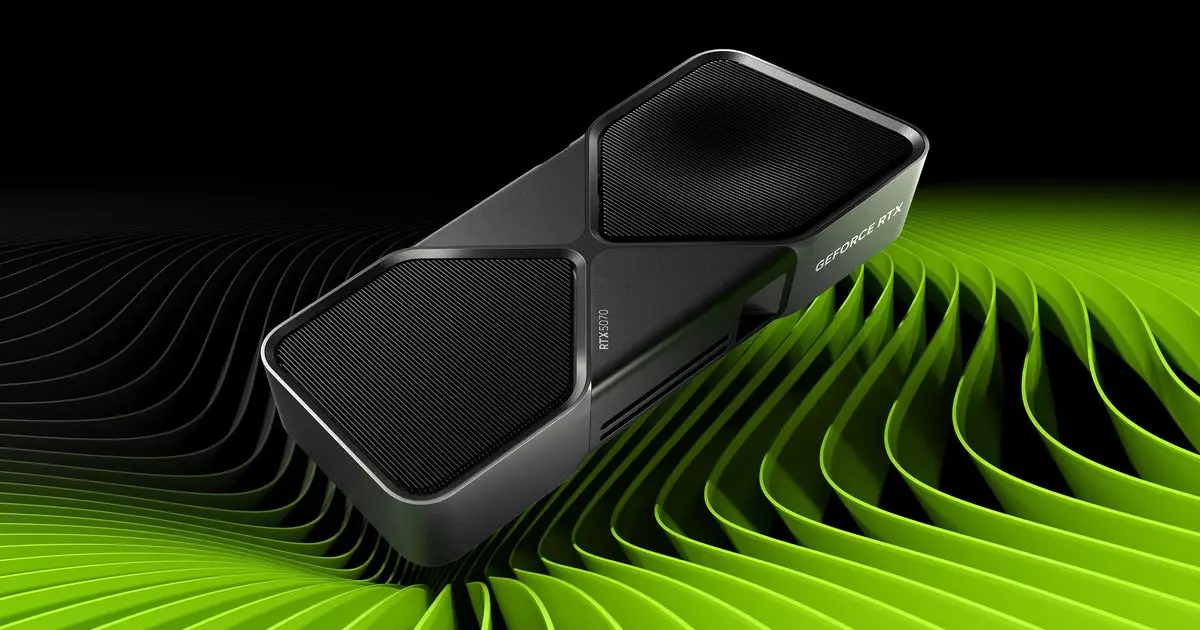In an unprecedented twist in Nvidia’s history, the company is releasing a series of hotfixes for their GeForce driver software at an alarming rate. This phenomenon primarily pertains to the latest RTX 50 graphics cards, raising eyebrows and fostering conversations about the overall software stability of these cutting-edge devices. The recent driver hotfix, version 576.26, addresses a range of issues, including unsettling crashing and flickering problems reported in high-profile games like Black Myth: Wukong, Forza Horizon 5, and Red Dead Redemption 2. While the need for swift corrective measures may speak to Nvidia’s responsiveness, the sheer frequency of these updates begs a crucial question about the underlying robustness of their software.
The Pattern of Patches
Historically, driver hotfixes were relatively uncommon, often released sparingly and only when absolutely necessary. However, the introduction of the RTX 50 series has catalyzed a flurry of hotfix releases—averaging approximately one every two weeks. From rectifying startup crashes in Valorant with version 572.24 to tackling the black screen issue in 572.75, and now more recent fixes within the 576 series, it’s clear that the RTX 50 series is currently plagued with complications. Analyzing this hotfix-centered pattern reveals persistent vulnerabilities that have yet to be adequately addressed, serving as a stark reminder of how software stability can significantly shape user experiences in gaming.
Community Feedback: Voices from the Forum
Despite not encountering major problems while evaluating these graphics cards, it’s vital to recognize that individual experiences can vary widely. The Nvidia forum serves as a digital town square where users voice their concerns, and the feedback regarding driver version 576.02, the last stable release, has not been kind. Many community members highlight it as a breaking point, with two quickfire hotfixes signifying a rushed response rather than a well-thought-out solution. This growing chorus of discontent shines a light on potential deficiencies in Nvidia’s quality assurance processes and raises alarms about the imperative for user satisfaction in the gaming community.
Stability vs. Timeliness: An Ongoing Dilemma
A pertinent issue arises when considering the delicate balance Nvidia must strike between releasing timely drivers in support of new titles and upholding stability. The recent push for quick fixes appears to have come at the expense of the seamless performance that gamers expect and deserve. Historically, driver releases have been intricately linked to new hardware or significant game launches, and while this remains a valid consideration, one cannot help but question whether the relentless aim for quick adjustments is compromising the excellence Nvidia has long been associated with.
As gamers, we crave the highest fidelity in performance, and experiencing issues can quickly sap the joy that comes from immersive gaming. Driver version 576.26 may serve as a temporary remedy, but the necessity for manual installation—since hotfixes aren’t disseminated through the Nvidia App—feels like an additional layer of inconvenience for a community already burdened by technical issues. Moving forward, it becomes essential for Nvidia to not only address current problems proactively but to also commit to a higher standard of reliability, reinforcing the belief that their cutting-edge hardware warrants nothing less than thoroughly tested software.

